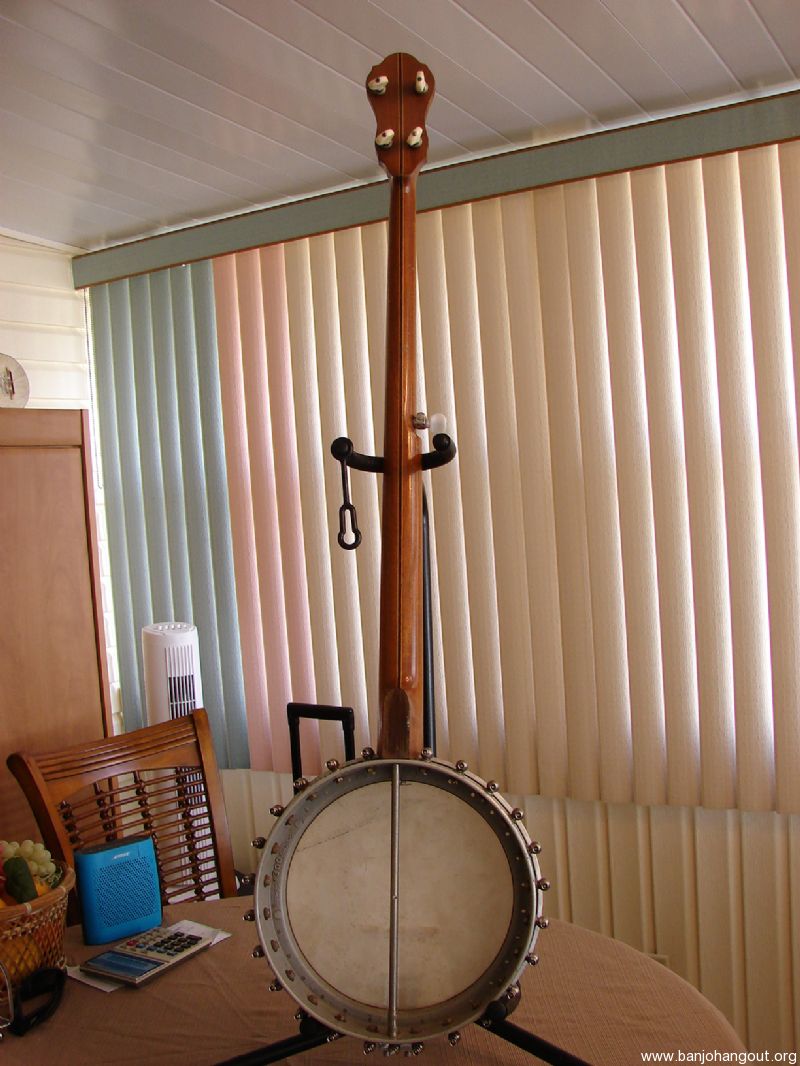
Baldwin Ode Banjo Serial Numbers
Pv sol 7 5 cracked key. If you are still having trouble finding Valentin Software Pvsol Premium 7.5 R4 after simplifying your search term then we highly recommend using the alternative full download sites (linked above). Your search term for Valentin Software Pvsol Premium 7.5 R4 will return more accurate download results if you exclude using keywords like: crack, code, download, hack, serial, keygen, etc. If this is the case then it's usually included in the full crack download archive itself. Many downloads like Valentin Software Pvsol Premium 7.5 R4 may also include a serial number, cd key or keygen.
Deering Banjo Serial Numbers. This is a listing, with serial numbers and dates, of the major Golden Age banjo makers' products. Baldwin (their parent. Vintage Ode Model 6505 Serial # 1-80-28 5 String Banjo W/ Case & Strap. 1977 Baldwin Ode Banjo Model 6500 DSR with Hardshell Case Gold Plated Ome Gibson. The serial number is CS-2232-G. If you have any questions about this.
I am getting a lot of questions about the story and the set-up of Bobby Thompson’s studio banjo, also referred to as the “Hee-Haw Banjo”, and would like to give an in-depth description of the perhaps most often recorded banjo ever. Bobby gave me the banjo in 1996 because he could no longer play it anymore due to his illness. I’ve always loved Bobby Thompson’s banjo sound ever since I started to play the banjo in 1968. The sound of his banjo and his great musicality to me represented Nashville more than anything else. But as unique as his banjo sounds on the countless recordings (so far my collection of albums featuring Bobby Thompson’s excellent banjo work contains about 400 records or more) as unique are the features of this historical instrument.
Alone the model name of the banjo is controversial. Bobby always spoke of his Baldwin Style E Prototype but it actually looks like a Style D except for the tailpiece and the armrest which are not engraved. Banjo aficionado Ed Britt and I inspected the banjo thoroughly and we came to the conclusion that it’s definitely a transition model from the time when ODE was taken over by Baldwin in the late 1960s.
In fact it doesn’t even have a serial number. It has all the specs of a pre-Baldwin/ODE banjo but already with the Baldwin banner in the headstock. The neck is wider and cut slightly different than on the later Baldwin/ODEs, the heel is tapered, and the truss rod adjustment is accessible from the back of the heel as opposed to via the hole in the heel plate on later models.

The inlays are a little bit different, too, and it’s got that “propeller inlay” at the 22nd fret as a special feature of the older ODE necks. The metal of the flange is significantly thinner, and it has only one coordinator rod just like the old ODEs. During the transition period they obviously changed the model name, too which later led to some confusion. Anyway, all those little differences resulting from the particular way the early ODEs were milled are minor to the modifications Bobby did himself to achieve the best sound and playability for him. Bobby as a studio musician was very sensitive in terms of how his banjo should sound and how the neck should feel. He modified virtually every single part of his studio banjo and set it up so it would almost play by itself. Bobby picked up the banjo at the Sho-Bud store on Nashville’s Broadway in the beginning of 1967, so the banjo was most likely built sometime in the fall of 1966.
Battlefield 4 complete edition repack corepack. According to a good friend Don Lineburger, Bobby started working on the banjo immediately after he received it and probably kept making further improvements down through the years. Of course, most of the small alterations were invisible for the viewer when Bobby played on Hee-Haw. The instrument today is still in the same condition that it was in when I got it. The most drastic and evident change of the banjo without doubt was the use of the famous kitchen towel. The main reason for this was to prevent sound leakage in the studio and to kill the overtones, but as a side effect along with the fiberskyn head it would create some kind of a nice percussive “vellum paper sound”. Bobby placed the towel right between coordinator rod and head near the y-position of the banjo and attached it with duct tape.
Drummer Larry Londin talked Bobby into using a fiberskyn head on the banjo. His wife used to own a drum store in Nashville called Dog Percussion and Larry got him a fiberskyn1 head in the early 80s. The early fiberskyn heads were a little thinner than the current ones and slightly translucent, kinda like the Renaissance heads now. If you listen to the records of that time period you can hear that Bobby’s banjo sounds a little sweeter than before in the 70s when he used a Remo head. Bobby experimented a lot with different banjo heads and always kept them real tight.